World’s Longest Tie-dye
Liberty Inception
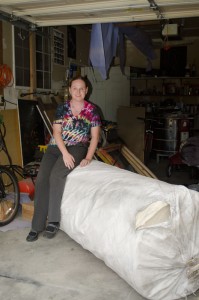
This project began with a search for a piece of fabric that was large enough to break the world record, sourcing the fabric led our artist to discover several surprising facts about the American cotton industry. First, that finding cotton fabric that is made in the United States is not easy. Second, when American made fabric had been located, the company selling it to us could not produce a certificate of authenticity tracing the fibers back to the farm because when fabric says made in the USA, that doesn’t necessarily mean it was actually made in the USA. Many companies off shore the production process of textiles and “finish” the fabric or garment in the U.S. by adding a dye, texture and brand stamp, as discovered when our local source retraced the origin of a fabric “made in the U.S.A.” to a factory in Indonesia and a farm in Pakistan. Eventually our artist was able to locate a company that could guarantee fabric made of 100% domestic product at a fraction of the cost of the outsourced fabric. This discovery inspired Artist Inez Harwood to research the industry and was surprised at what she discovered, a politically heated controversy largely unknown by the American public.
The American cotton industry has shifted to outsourcing a majority of its yearly crop since consumers have consistently chosen to buy foreign cotton over the last 25 years; a majority of farmers in the south have changed their crops to more marketable soybeans. The remaining cotton production in the United States has been supported over the past few years by Chinese buyers stockpiling, while the United States fiber industry has predominately switched to (petroleum-based) synthetics which are less expensive to produce and are in high demand in the United States. As a result of these factors, finding domestic cotton fabric has become virtually impossible.
The idea that American made cotton is no longer a household commodity is shocking. The cotton industry has been a part of American society since colonial times. While outsourcing production to other countries means bigger profits and reduced costs, it is greatly unknown what outsourcing really means for American culture. When we lose entire industries to a foreign market we sacrifice control of that portion of our culture. When everyone in the world chooses they’re clothing and home furnishings from a global catalog, how will we recognize and perpetuate the unique culture of the United States?
Liberty Creation

In creating the world’s longest tie-dye, the hope is to inspire feelings of pride in American ingenuity, feelings of unity in our shared history and feelings of hope for the future vitality of our country. This is not a protest against global unity; it is a protest against globalization at the expense of cultural diversity and vitality. “Liberty” is a Tie-Dye that breaks the world record for size at over ½ mile long. It is made of rare fabric loomed in that United States, from yarns made in the United States. American tie-dye has deep cultural roots in the democratic process (protest). The monumental size of this work is meant to inspire the general public to an awakening in civic involvement, patriotism and the purchase power of the mass public. It is the artist’s hope this Vibrant Protest will inspire common citizens to support their own economic communities through purchasing U.S.A. domestic products.
Liberty Completion

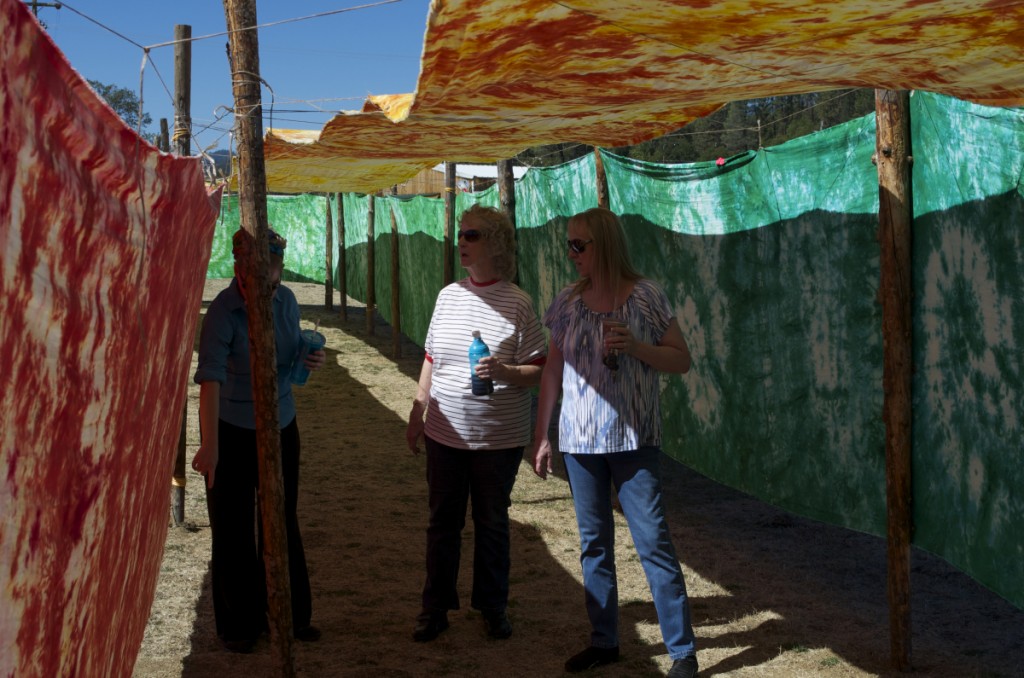

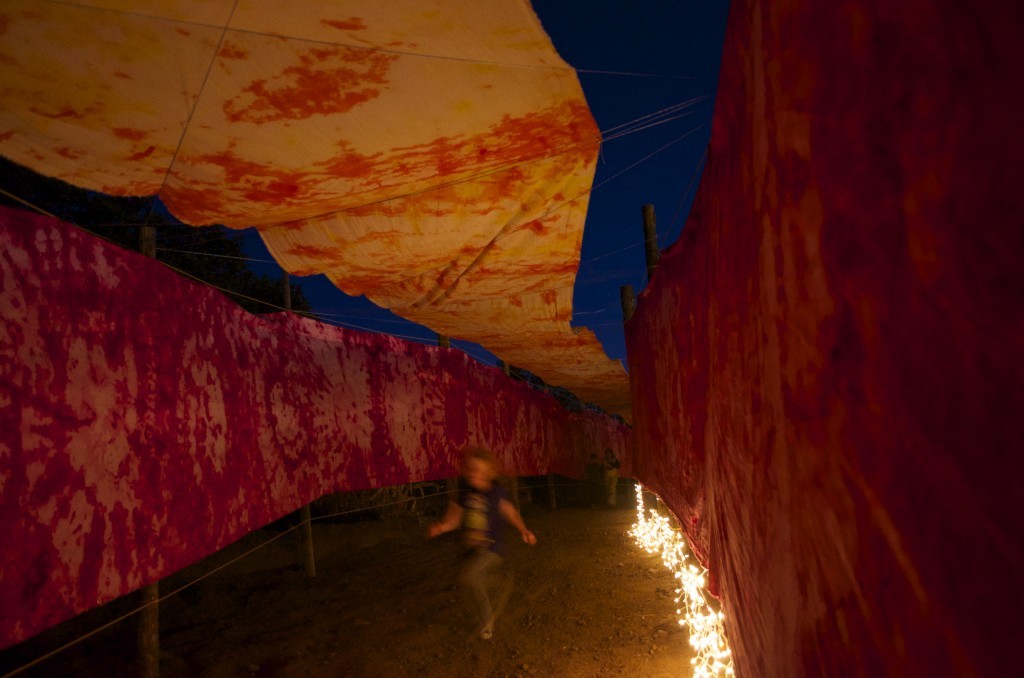
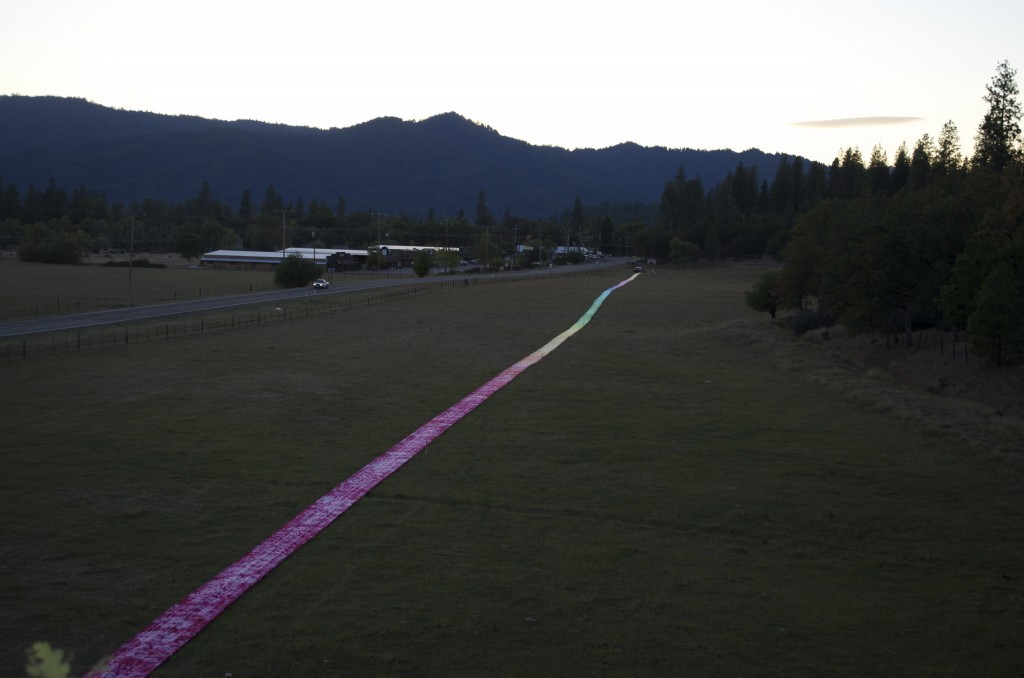
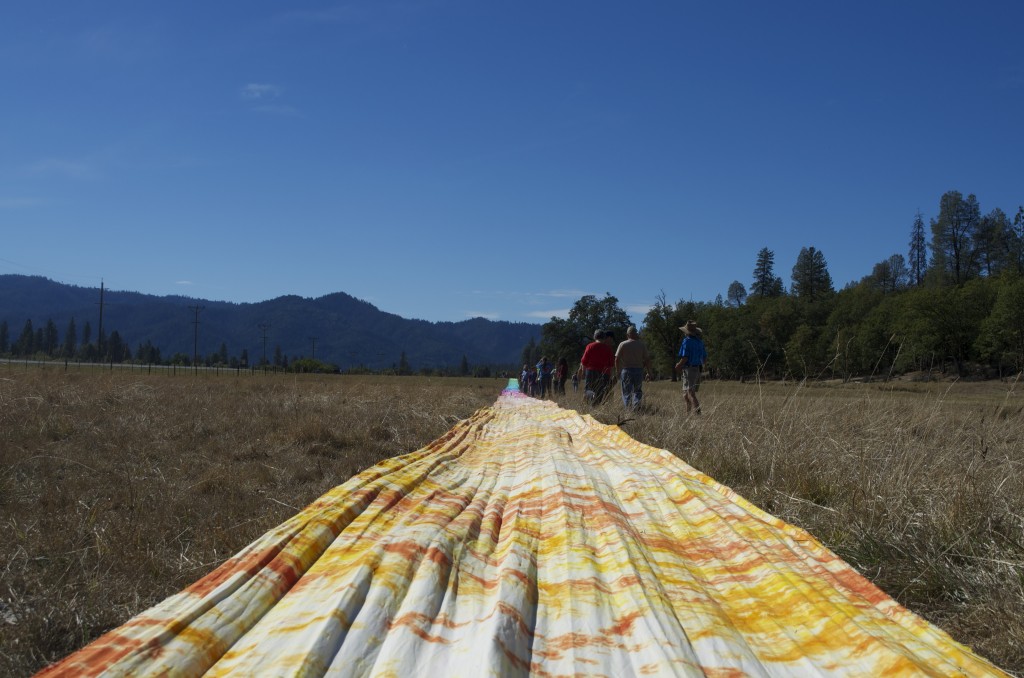
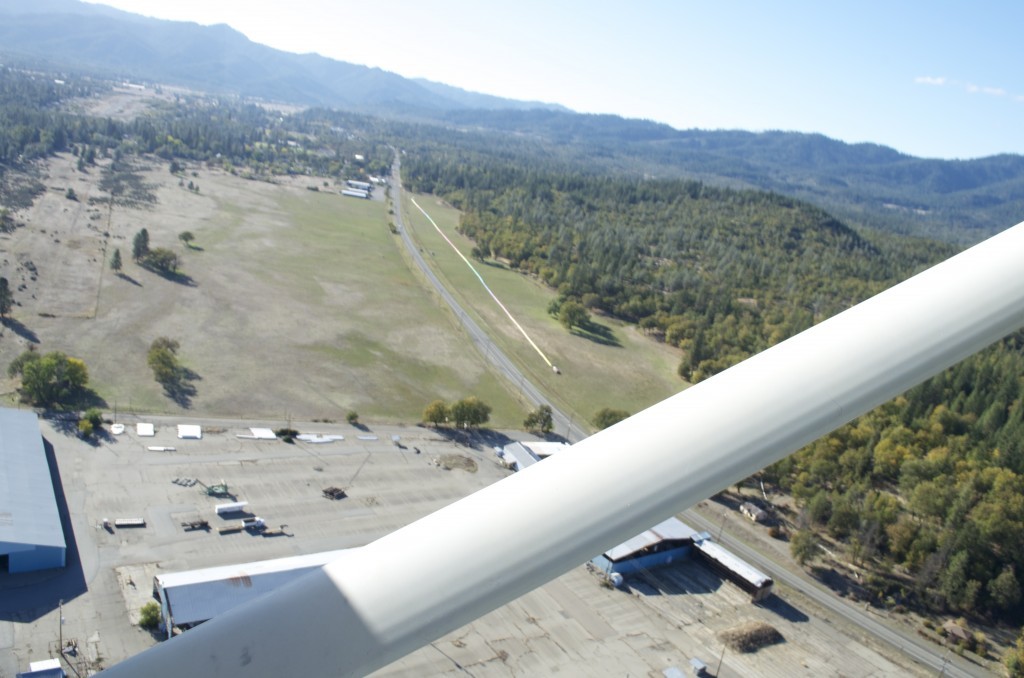
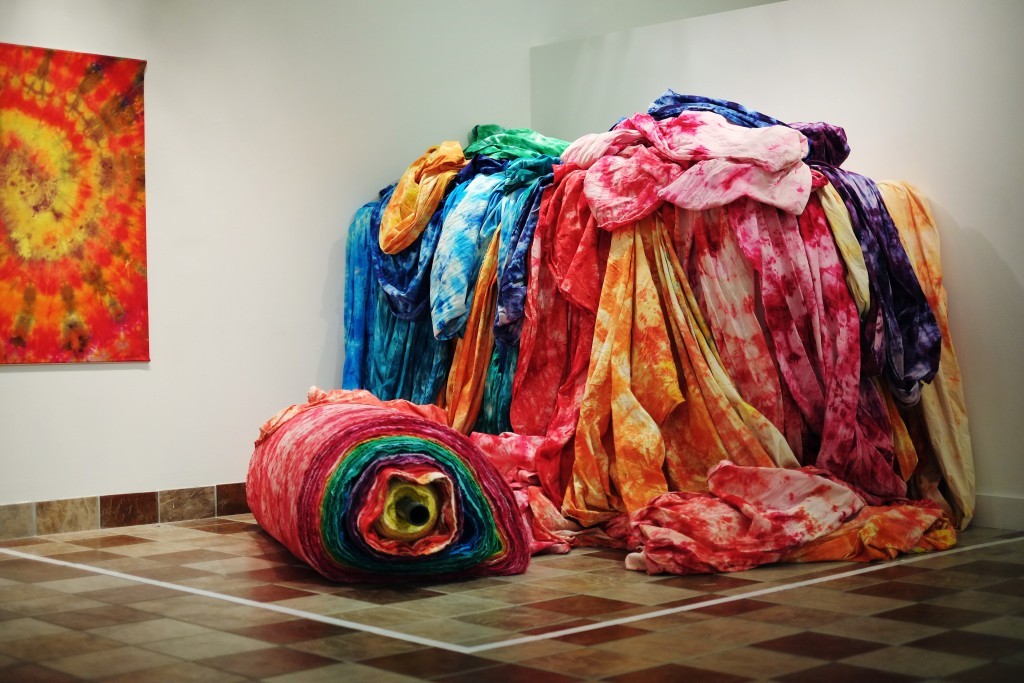
Fun Facts about Liberty:
- Weighs approximately 950 pounds.
- Requires
10,000 rubber-bands9,000 Zip-Ties (rubber-bands were too weak so we changed to zip-ties). - Used over 120 pounds of dye. (dry weight)
- Requires over 300 people to lift it when wet.
- It took 40 people to move it from the old studio to the new one (dry).
- Liberty started at 5 feet 5 inches high and 3120 feet long. After dying and rinsing it is 5 feet 5 inches high and 3041.12 ft. long (300+ feet longer then the old world record held by Tokushima Japan at 2739 feet five inches. 2008).
Thank you to those who helped make Liberty possible
Deby & Terry Harwood | Awake and Alive | Brock Sisson | C-A-L Ranch – American Fork | Happy Valley Farmers Market | Maxilla & Mandible, LTD | Utah Valley University | UVU Playwright Club | UVU Academic Emergency Services | K L Branting



